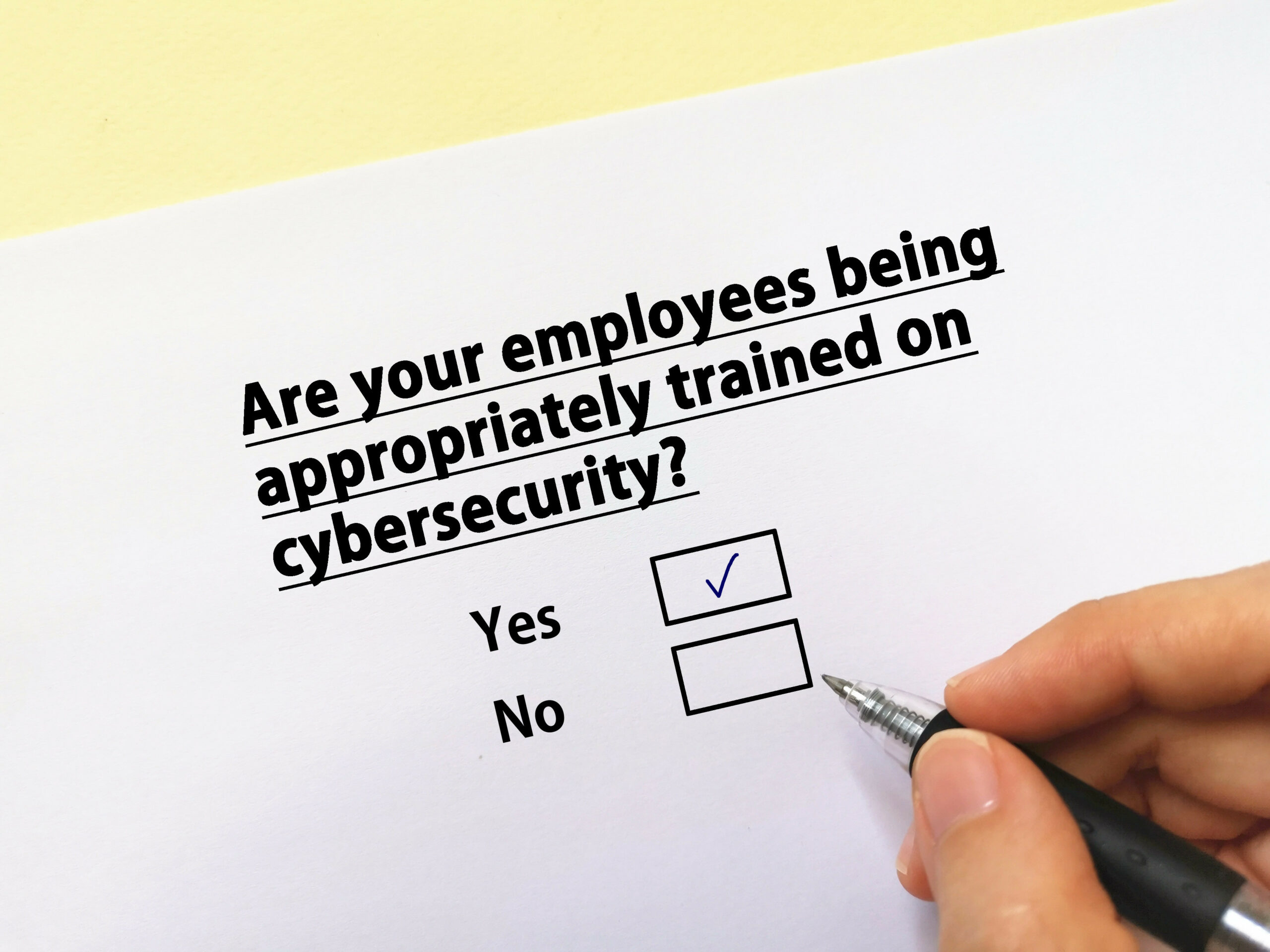
Security Training: Empowering Employees to Protect Your Organization
Overview
Security training involves educating employees about the importance of cybersecurity, potential threats, and best practices to safeguard the organization’s assets. Effective security training aims to create a security-aware culture where employees play an active role in protecting the organization’s information and systems.
Key Components of Security Training
- Awareness Programs: Educate employees about the importance of cybersecurity, common threats, and the potential impact of security breaches. This can include presentations, workshops, and informational materials.
- Phishing Simulations: Conduct regular phishing simulations to test employees’ ability to recognize and respond to phishing attempts. This helps in reinforcing the training and identifying areas for improvement.
- Policy Training: Ensure that employees are familiar with the organization’s security policies and procedures. This includes training on acceptable use policies, data handling procedures, and incident reporting protocols.
- Role-Based Training: Provide specialized training tailored to different roles within the organization. For example, IT staff may need in-depth technical training, while general staff require training on recognizing social engineering attacks.
- Incident Response Training: Train employees on how to respond to security incidents, including recognizing signs of an incident, reporting procedures, and initial containment measures.
- Regular Updates: Continuously update training programs to reflect the latest threats and best practices. This can include new modules on emerging threats and refresher courses for ongoing education.
- Interactive Training: Use interactive and engaging training methods such as e-learning modules, gamification, and hands-on exercises to enhance learning and retention.
Benefits of Security Training
- Risk Reduction: Educated employees are less likely to fall victim to phishing attacks, social engineering, and other common threats, reducing the overall risk to the organization.
- Enhanced Incident Response: Trained employees can recognize and respond to security incidents more effectively, minimizing potential damage and facilitating quicker recovery.
- Compliance: Security training helps ensure compliance with regulatory requirements and industry standards that mandate employee education and awareness.
- Strengthened Security Culture: Promoting a security-conscious culture within the organization encourages employees to take ownership of their role in protecting company assets.
- Cost Savings: Preventing security incidents through effective training can save the organization significant costs associated with breaches, including legal fees, fines, and remediation expenses.
Challenges in Security Training
- Engagement: Keeping employees engaged and interested in security training can be challenging, particularly if they do not see immediate relevance to their daily work.
- Resource Constraints: Developing and delivering comprehensive security training programs requires time, effort, and financial resources.
- Measuring Effectiveness: Assessing the effectiveness of security training and its impact on employee behavior and organizational security can be difficult.
- Keeping Content Current: The rapidly evolving threat landscape necessitates frequent updates to training content, which can be resource-intensive.
- Resistance to Change: Employees may resist adopting new security practices and procedures, particularly if they perceive them as inconvenient or disruptive.
Best Practices for Security Training
- Make Training Relevant: Tailor training content to the specific roles and responsibilities of employees, ensuring that it is relevant and applicable to their work.
- Use Real-World Examples: Incorporate real-world examples and case studies to illustrate the impact of security threats and the importance of good security practices.
- Incorporate Regular Testing: Use quizzes, tests, and simulations to reinforce learning and assess employees’ understanding of security concepts.
- Provide Continuous Learning Opportunities: Offer ongoing training and education opportunities to keep employees informed about the latest threats and best practices.
- Encourage Reporting: Foster an environment where employees feel comfortable reporting potential security incidents without fear of retribution.
- Involve Leadership: Ensure that leadership sets a positive example by participating in security training and promoting its importance throughout the organization.
- Gamify the Experience: Incorporate gamification elements such as rewards, badges, and leaderboards to make training more engaging and enjoyable.
Conclusion
Security training is a vital component of an organization’s cybersecurity strategy, empowering employees to recognize and respond to threats effectively. By creating a security-aware culture and providing ongoing education, organizations can significantly reduce their risk of security incidents and strengthen their overall security posture. Implementing best practices and addressing challenges proactively will ensure that security training programs are effective and beneficial for the organization.
GET IN TOUCH
